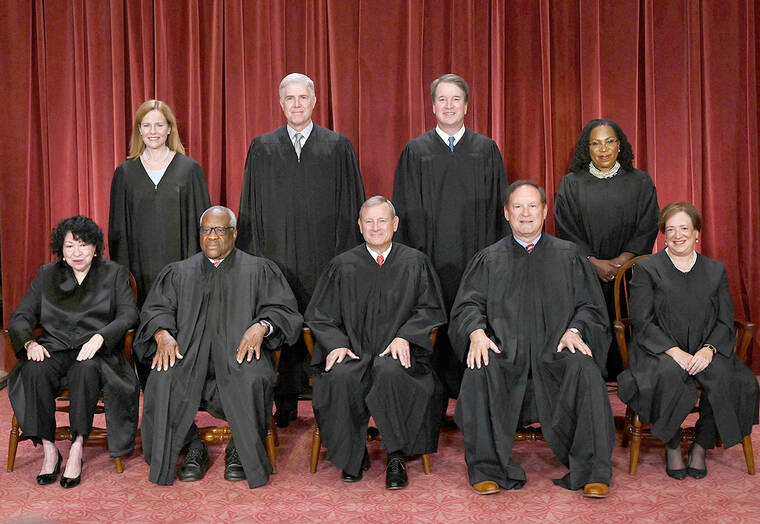I teach Constitutional Law. Supreme Court oral arguments have gotten way too long
Supreme Court oral arguments have gotten too long. How do I know this? It used to be that during one of my longer morning runs, I could listen to an entire Supreme Court oral argument. Now, that’s getting harder and harder to do. I end my run, and the argument is still going. So I listen to it while I make breakfast. Then I listen to it on my way to work. And if there’s still time left to go — and there often is — I listen to it as I fall asleep that night. As a result, Justice Samuel Alito’s questions sometimes haunt my dreams.
We are far from the days of the one-hour oral argument, the rigidly-adhered-to standard of the Rehnquist Court and the default of the early years of Chief Justice John Roberts. There are some obvious reasons why oral arguments have gotten longer. COVID-19 led to the rise of sequential questioning. To avoid justices cutting one another off over the phone, Justice Roberts would call on justices down the line, in order, and each would have their say. Then there was the (probably justified) worry that male justices were interrupting female justices, and this may also have led to more calling on people and going one by one, so no one’s question got left unasked.
But the sequential questioning stayed on post-COVID and through the return to in-person oral argument, and the increased activity by women justices (in the first three months of the current term, Justice Ketanji Brown Jackson was the most active justice, according to an analysis published on Scotusblog.com). We now have arguments that routinely last much longer than an hour, up to the marathon affirmative action cases: Each took longer than two hours, and they totaled nearly five hours of oral argument. But even smaller cases regularly push the two-hour mark. So too with many cases that end up with unanimous decisions.
No one should deny that these are important cases, and they merit careful consideration by the justices. But it is not as if the increased time has led to obviously better arguments. Rather, it leads to going down more rabbit holes as justices pursue their pet theory, or end up addressing other justices rather than the lawyers on both sides. The sequential questioning is irresistible to justices who already like to hear themselves talking. And all too often it seems like justices are increasingly not speaking to the argument being made in front of them but to the public, in a bad way. The justices aren’t trying to make their positions better understood, but posturing to score points. This is not what oral arguments should be about.
When the arguments go on too long, people (especially my students) stop listening to the whole thing. They may just listen to the argument of one side and rely on sound bites picked out by the media and by partisans for the rest. But context is important, and listening to the arguments of both sides is important, especially these days.
And keeping oral arguments to an hour had the upshot of focusing the advocates and the justices. You had to get to the heart of the matter, because the clock was running. And frankly, I am less likely now to tell my students to “listen to the oral argument” to help them better understand the case, because they don’t have the time, and the arguments and questions now seem rambling and digressive. I too am starting to give up on oral arguments when they keep me listening past breakfast.
We need to get back to the hourlong oral argument. The time expectations were fixed, and both advocates and justices had to work as best they could within that time. And I could sleep better.
Chad Flanders (chad.flanders@slu.edu) teaches constitutional law and criminal law at Saint Louis University School of Law.


